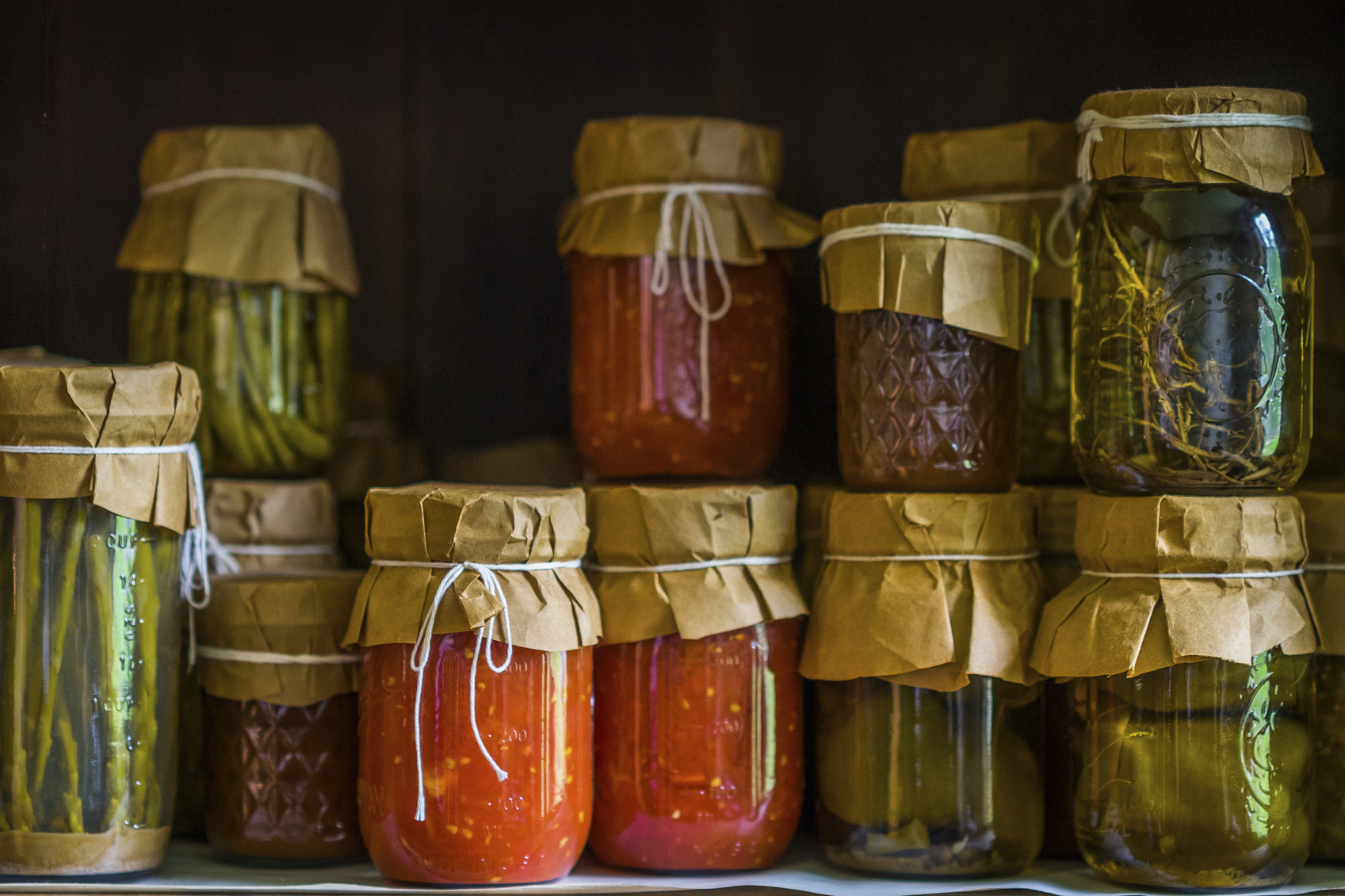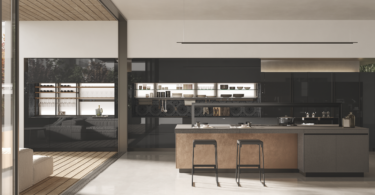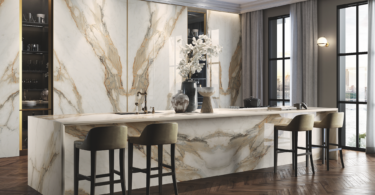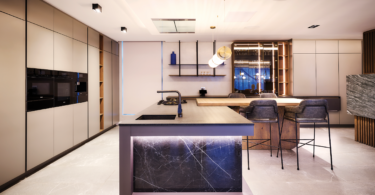Whatever the size of your kitchen, it should include a convenient place to store your groceries. Read on for the ins and outs of having a pantry that works…
Where to put it – There’s nothing more inefficient than a well-designed pantry in the wrong spot. Ideally, a pantry should be close enough to your food-prep area to be easily reached without walking a mile. You should also be able to ‘get in and out’ of it quickly and easily – whether it’s a walk-in pantry, a reach-in grocery cupboard or pull-out (or roll-out) pantry with drawer storage (great for kitchens where space is limited). It should also be close to a ‘landing zone’ – a kitchen counter, for instance – where you can place your bags of groceries to unload them into the pantry. A lot of kitchen designs place the pantry and fridge at opposite ends of the room to create a sense of balance, but it’s actually better to place them closer to each other to avoid multiple trips across the kitchen to gather supplies.
How big to make it – As a general rule, your pantry should be large enough to hold at least a week’s worth of groceries. Also, everything in the pantry should be displayed and easily reached when the door is open. It doesn’t need to be fancy inside, but the selves and cabinets should be solid and made of a sturdy material, with a finish that complements the rest of the kitchen. Also, if you’re planning a pantry with floor-to-ceiling storage, you’ll need a way to access the top shelves (a ladder on a sliding rail could work for a walk-in pantry or use a folding one that’s easily stored when you don’t need it). In terms of standing room in a walk-in pantry, avoid making it so narrow that you bump shoulders, knees and elbows against shelves when you’re inside – rather make it so that two people can be in there at the same time and comfortably pass by one another.
Keep it simple and organised – If what you’re looking for is immediately visible and easily reached without moving a million other things out of the way, then you’ve got it right. Store things you use regularly within easy reach and save the lesser-required items for the top shelf. Resist the urge for very deep shelves if you can help it, as they’re difficult to reach all the way into. Have shelves that are adjustable and don’t forget to light them up – every shelf should be clear to see. Hang bulky or seldom-used utensils from hooks mounted on the back of the pantry door. Group food by type, like soups, snacks, tinned goods etc. Place smaller items in front of larger ones and keep dry ingredients like flour, pasta and sugar in clear, airtight containers so you can see when supplies are running low. Pull-out baskets work well for root vegetables, while narrow ‘cubbies’ are perfect for dinner trays, platters and spices. Avoid storing large, bulky items in the walkway space.
Quick tip: A kitchen can have more than one pantry; a ‘near’ pantry to hold small quantities of often-used supplies and another, more ‘remote’ pantry, to hold bulk supplies. Then you simply use the one to top up the other when needed.
What does your pantry look like? Share your tips and ideas with us…











Leave a Comment